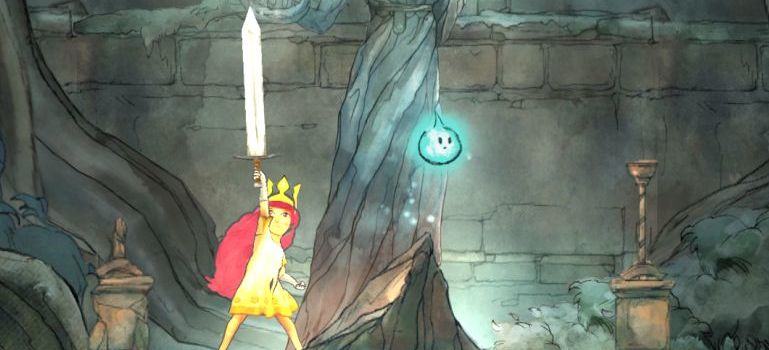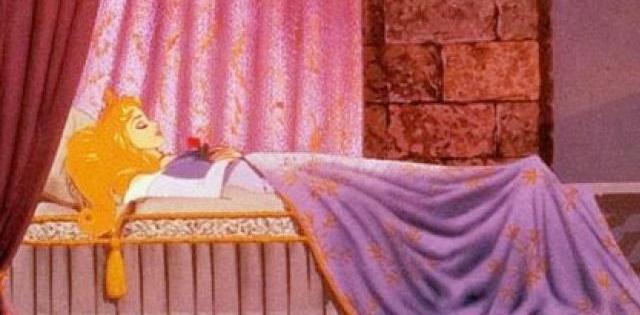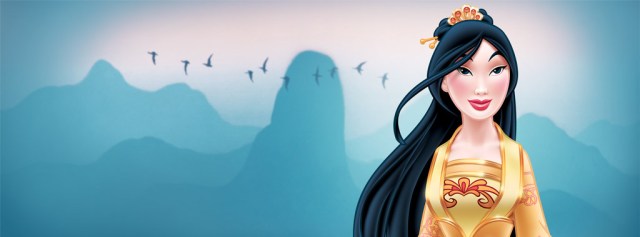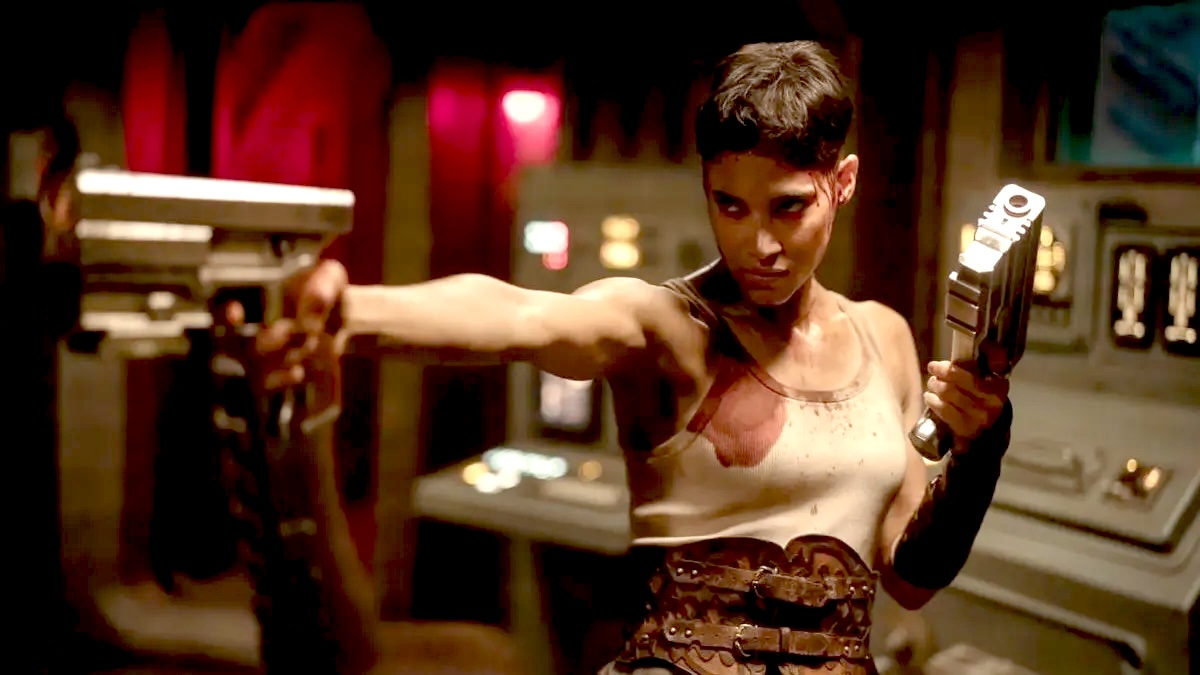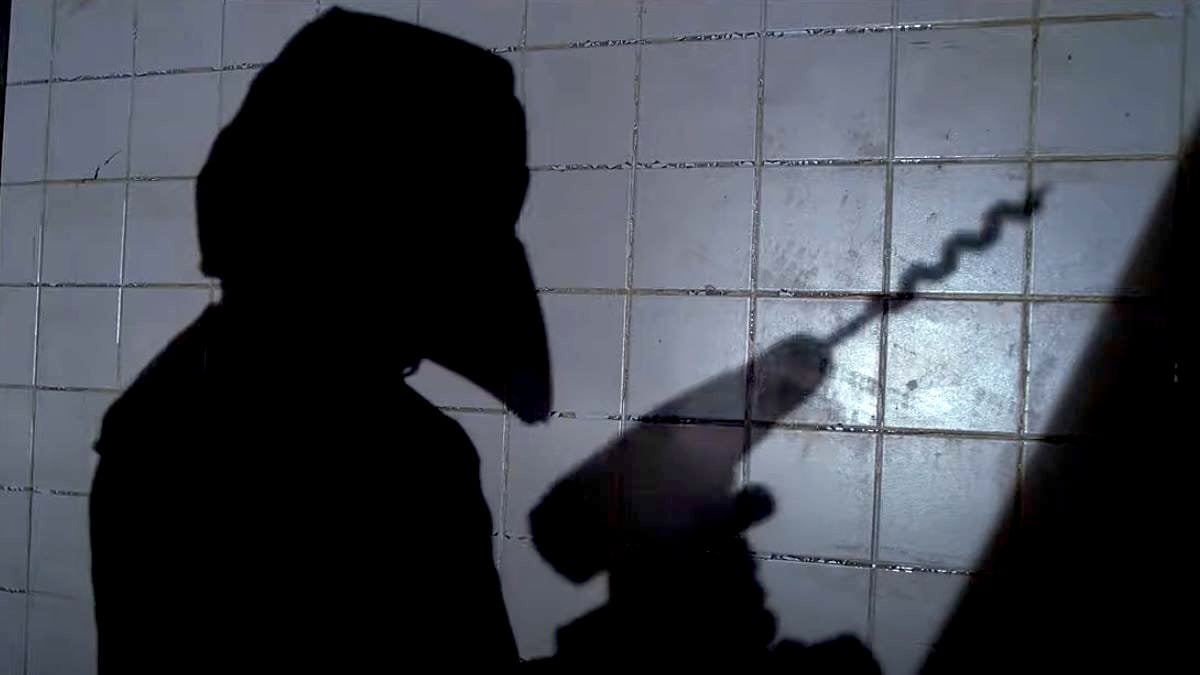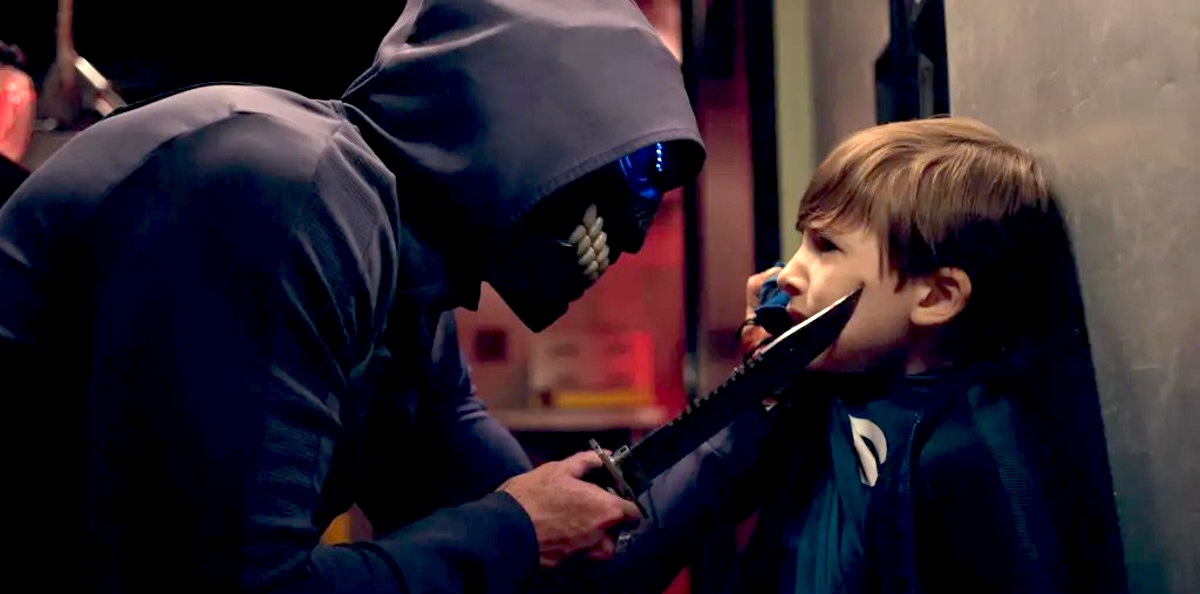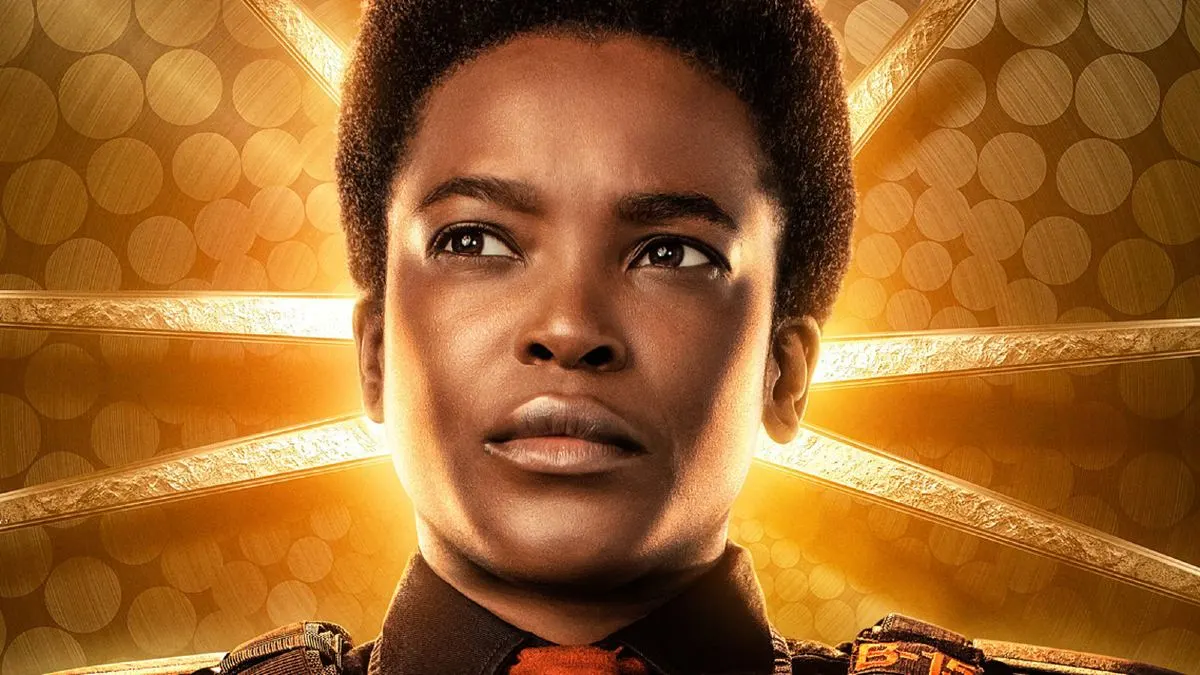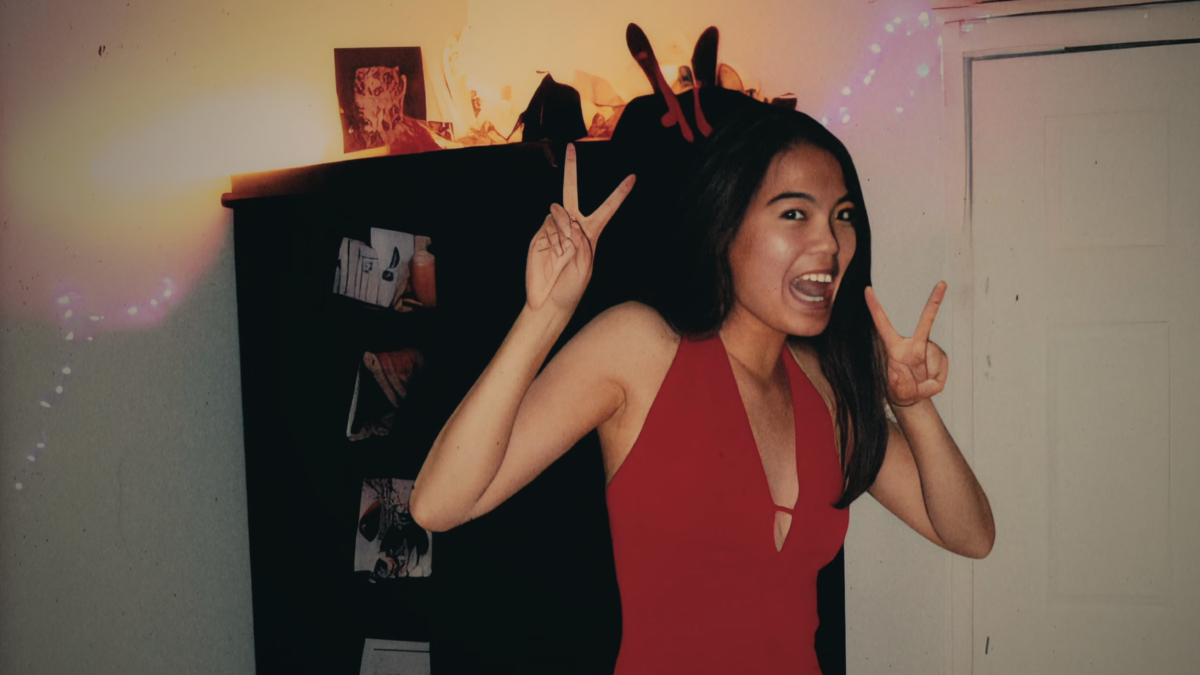Like so many girls of my generation, when it came time to make believe the choice was clear; it was princess way or the highway. In the late 1980s and early 1990s, when much of TMS’ staff was growing up, tulle, tiaras, and the like were de rigueur, to the horror of the Second Wave feminists raising us. Though there was no denying the hold marketing had on us, all my memories tell a slightly different tale; that I was fond of accessorizing my tutu with a plastic knight’s helmet and sword, and declaring to all who would patiently listen that I was a Princess Knight, thank you very much. I didn’t know it at all then, but I was already trying to navigate the pretty pink minefield of gender assignment in popular culture, with mixed results.
All this came flashing back to me with a certain violence as I sat in our Editor-at-Large’s apartment recently, watching her make her way through the beginning stages of the video game Child of Light. For those unfamiliar, Child of Light follows the adventures of a young princess though a mysterious land, as she uses her giant sword to eliminate monsters and ghouls, RPG style. It got me thinking about the hardly-gone world of princesses, and what they were up to in our current era of “post-modern” feminism and the schemes of overwhelming, monolithic marketing departments at companies from Ubisoft to Disney.
Princesses on the whole might seem especially irrelevant these days. After all, as our own Becky Chambers put it in her Child of Light review, “You’re supposed to like princesses, but they’re largely boring, and they never get to fight dragons. You’re starving for an adventure story with a girl like you in it, or rather, a girl for you to look up to. A girl who is smart and self-reliant. A girl who can use a sword but doesn’t have to dress like a boy to do so. A girl who inspires her friends to do great things and who never fails at being brave.” In many ways, a lot of us are still looking for that role model, the one we felt cruelly denied as children, or simply wish we had then, now that we’re grown. Women our age* have a lot invested in the princess archetype, if only because it was the choice we were presented with when we were younger, a choice many of us are still wrestling with. Just look at the number of “Disney princesses re-imagined” memes out there. We might try to dismiss princesses as useless and as unrealistic, harmful depictions of women, as not being “real” women, but they still hold sway over our generation and the generations that followed us.
We should care about what princesses are up to. In modern times, producers and marketing teams are using the princess type to explore how to craft a character that appeals both to an audience looking for female role model characters in children’s entertainment and to an anti-feminist studio system (“Wonder Woman is just so tricky“), and therefore make a lot of money. It’s why Maleficent got made (though that film manages to subvert some of the issues here), and why Snow White and the Huntsman did, too. Pixar’s first movie with a female protagonist? She was a princess. These are not coincidences, but indicators of how the fairytale realm and its morals still rule popular entertainment aimed at young girls.
In this two-part essay I’ll talk about three different iterations of the princess trope in American film: the ‘Classical’ princess, who we have hardly left behind; her successor, the masculinized ‘Tomboy’ Princess, who presents problematic characteristics of her own; and, finally, something I call the ‘Impossible’ Princess, who must be pretty, pure, kind, smart, courageous… you name it, and creates an impossible, exhausting ideal to live up to. While each step has been better than the last, none are a lasting solution to the princess problem. That is, how do we create a complex woman character who can give girls a choice in who they identify with, but that Hollywood will still regularly produce? And how can we do it while encouraging the qualities of modern feminism, instead of diminishing them? With such a dense topic at hand, it’s understandable that most people feel lost in that pretty pink minefield of gender representation. Even if producers, and the designers under their control, move forward on a project with the most noble of intentions, reaching an answer, or even a compromise, can seem like an impossible task to approach. Yet every little girl (and boy) deserves to have a choice in who they identify with, without gender shaming or disparaging that which is seen as traditionally masculine or traditionally feminine. Given the grip princesses still have on the market, their archetype seems like a grand place to start.
The Classical Princess and the Illusion of Choice
We all know the Classical Princess; the kind, beautiful, pure (implied: virginal) bastion of femininity who sings songs about wishing for a prince and is dressed by little bluebirds. Most obviously exemplified by Disney’s 1959 Sleeping Beauty, the classical princess is an object, more than a person, a prize to be won by the daring hero of the tale. She lacks agency, motive, and, in many cases, much of a personality. And in our modern times, thanks to an aggressive material marketplace, she is as popular as ever. The princess craze is still pushed, and pushed hard, mostly through Disney and its merchandising machine, but also through established cultural convention that leads to things like Princess Scientists reenforcing the type. The princess whammy even affects sites like A Mighty Girl, which, boasting of “the world’s largest collection of books, toys, and movies for smart, confident, and courageous girls”, is heavy on princesses in a host of varieties from Paperbag to Knight. Mattel’s Barbie contributes to the fever many times over, as does the proliferation of princesses on television shows aimed at kids.
So what, exactly, is wrong with a little princess now and then? Psychologists are among those who have tried to address whether there are significant dangers present in creating gender consistency in early childhood. As Peggy Orenstein put it in her excellent article on the princess fad, “What’s Wrong With Cinderella?”: “According to theories of gender constancy, until they’re about 6 or 7, children don’t realize that the sex they were born with is immutable. They believe that they have a choice: they can grow up to be either a mommy or a daddy. Some psychologists say that until permanency sets in kids embrace whatever stereotypes our culture presents, whether it’s piling on the most spangles or attacking one another with light sabers.” This means that, in theory, all children have a choice in who they’re looking up to, and who they’re choosing to play as, with play being a reflection of their own identifications. But a counterargument in the same article by Lyn Mikel Brown, author of “Packaging Girlhood: Rescuing Our Daughters From Marketers’ Schemes”, puts the problem this way: “When one thing is so dominant, then it’s no longer a choice: it’s a mandate, cannibalizing all other forms of play. There’s the illusion of more choices out there for girls, but if you look around, you’ll see their choices are steadily narrowing.” Childhood is being relentlessly re-segregated, and princesses are leading the way. Disney, which makes over 2.4 billion dollars a year on their Princess line alone, is not the only game in town, as other companies rush to capitalize on the trend’s success.
While there are no studies proving that playing princess is actively harmful to girls, there is evidence that “young women who hold the most conventionally feminine beliefs — who avoid conflict and think they should be perpetually nice and pretty — are more likely to be depressed than others and less likely to use contraception. What’s more, the 23 percent decline in girls’ participation in sports and other vigorous activity between middle and high school has been linked to their sense that athletics is unfeminine.” (Orenstein) So, though it’s hard to directly track the link between princess culture and decisions girls make later in life, research paints a grim picture of the message of one as embodied by the other. Not only are girls not being given the choices we’d like them to have, but their lack of choices may be actively harmful to their future.
Princesses and the Diminished Woman of the 1990s
The popularity, effectiveness and use of princesses changes over time, largely as cultural opinions on women wax and wane. Princesses were first popularized in the Production Code-filled 1930s with Disney’s Snow White, but largely absent from the 1940s, when millions of women entered the workforce because of World War II. They re-emerged in the 1950s, as women were told to give up working life and get back in the home. This is the time of Cinderella, and of Sleeping Beauty, as well as a general re-emergence in the popularity of fairy tales in television and other media.
In my research, I found it fascinating how clear a connection there seemed to be between the women’s movement and the depiction of princesses. After all, reflections in the strength of the women’s movement are also reflections of popular culture’s attempt to adopt, and then to “de-fang”, elements of the feminist movement. For proof, look no further than the total absence of Disney princess films between 1960 and 1989, a period of incredible advances in gender and sexual equality by the counterculture movements. As detailed by feminist film critic Laura Mulvey, is only in the 1990s, among a backlash to second-wave feminism that began in the conservative 1980s, and a resurgence of traditional ideas about women harbored under the guise of the “new woman”, that princesses had a foothold on the cartoon market once again.
Now, I can hear a lot of people saying that the princess type took a significant leap forward in the 1990s with heroines like Ariel, Belle, Jasmine, and Mulan, among others. They’re not wrong; these princesses definitely had personality, and no uncertain amount of pluck. But, as Cassandra Stover writes in ‘Damsels and Heroines: The Conundrum of the Post-Feminist Disney Princess’, “While these new heroines appear more autonomous than their pre-second-wave feminism predecessors, they also represent elements of the anti-feminist backlash agenda that sought to regulate and disempower female images through media and marketing in the late 1980s.” Though many of their stories start out with them displaying a feisty and adventurous spirit, by the end of nearly all of their tales, the plot has shunted these characters into marriage and settling down with a male hero. Ariel gives up her voice and the essential qualities that make her unique so she can pursue a man she’s briefly met. Even Mulan, it is implied, will be giving up the warrior’s life to return home, and very likely marry her former commanding officer. In this way, the films acknowledge “the gains of feminism, while marketing strategies paradoxically reverse the message to convey post-feminist ideals.” (Stover, again.) We’ve seen time and again how assertive, personally independent female characters can be diminished by their narratives, whether it be by being a secondary character, a straw feminist, killed off before the third act, or becoming damsels in distress. Princesses are no exception, especially when it comes to earning the big bucks; Mulan, mentioned many times as a standout among the Disney princess lineup, is only depicted as part of the Disney official line while wearing a hanfu, a dress she resents wearing in the earlier part of her film. The question becomes; how do we make truly feminist characters whose stories Hollywood isn’t afraid of?
It seems like a nearly impossible task from the perspective of your average marketing team boardroom debate, even if the answers seem crystal clear to those of us on the street. But, never fear, wannabe Princess Knights of the realm, for the Classical Princess, in both her old-fashioned and new, polished versions, soon had successors, of a sort: the Tomboy Princess and the Impossible Princess. Tomorrow, in Part Two, I’ll talk about both of these archetypes, as well as a probable solution to the princess conundrum. As our journey continues we’ll see if princesses can be rescued (or do their own rescuing) by modern thinking, or if their type is destined to remain in the tower, forever waiting for a prince to come.
*This generalization is in no way meant to dismiss the men or other people our age who also have a lot invested in princesses in their various incarnations. From a marketing standpoint, princesses are aimed at young girls, regardless of who they can and do influence, and, because I am largely talking about how marketing affects impressionable young women, I am addressing the issue in this way.
Zoe Chevat is a writer, animator, and illustrator who attended the CalArts MFA Program in Film and Animation. In addition to writing for The Mary Sue, she also contributes to Bitch Magazine Online. She comes from New Jersey and lives in Los Angeles, and, after many years, still finds that second part incredibly strange. Follow her on Twitter @zchevat, or on Tumblr at http://justchevat.tumblr.com
Are you following The Mary Sue on Twitter, Facebook, Tumblr, Instagram, & Google +?



